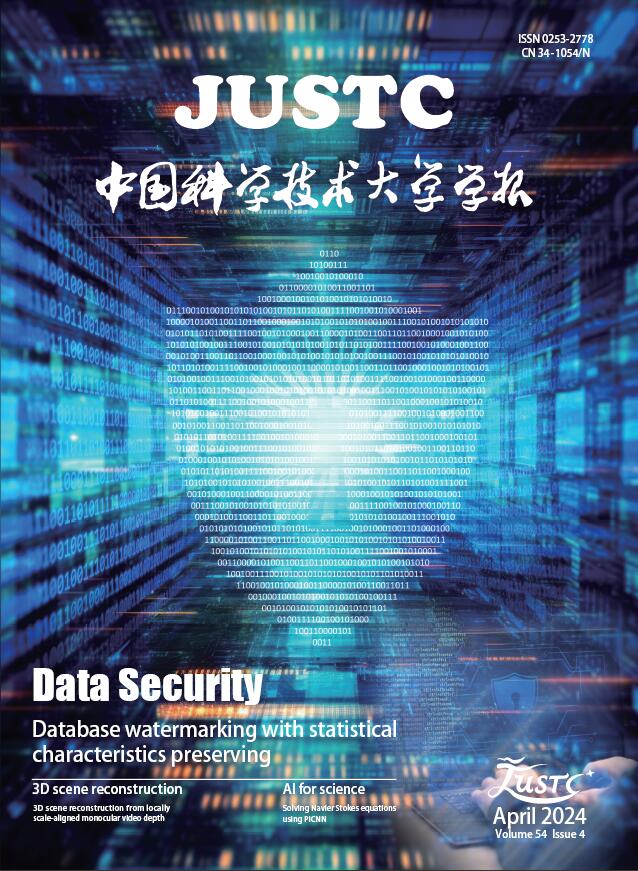2009 Vol. 39, No. 4
Display Method:
2009, 39(4): 357-364.
Abstract:
2009, 39(4): 365-370.
Abstract:
2009, 39(4): 371-374.
Abstract:
2009, 39(4): 380-384.
Abstract:
2009, 39(4): 385-390.
Abstract:
2009, 39(4): 391-397.
Abstract:
2009, 39(4): 398-402.
Abstract:
2009, 39(4): 403-408.
Abstract:
2009, 39(4): 409-413.
Abstract:
2009, 39(4): 414-418.
Abstract:





